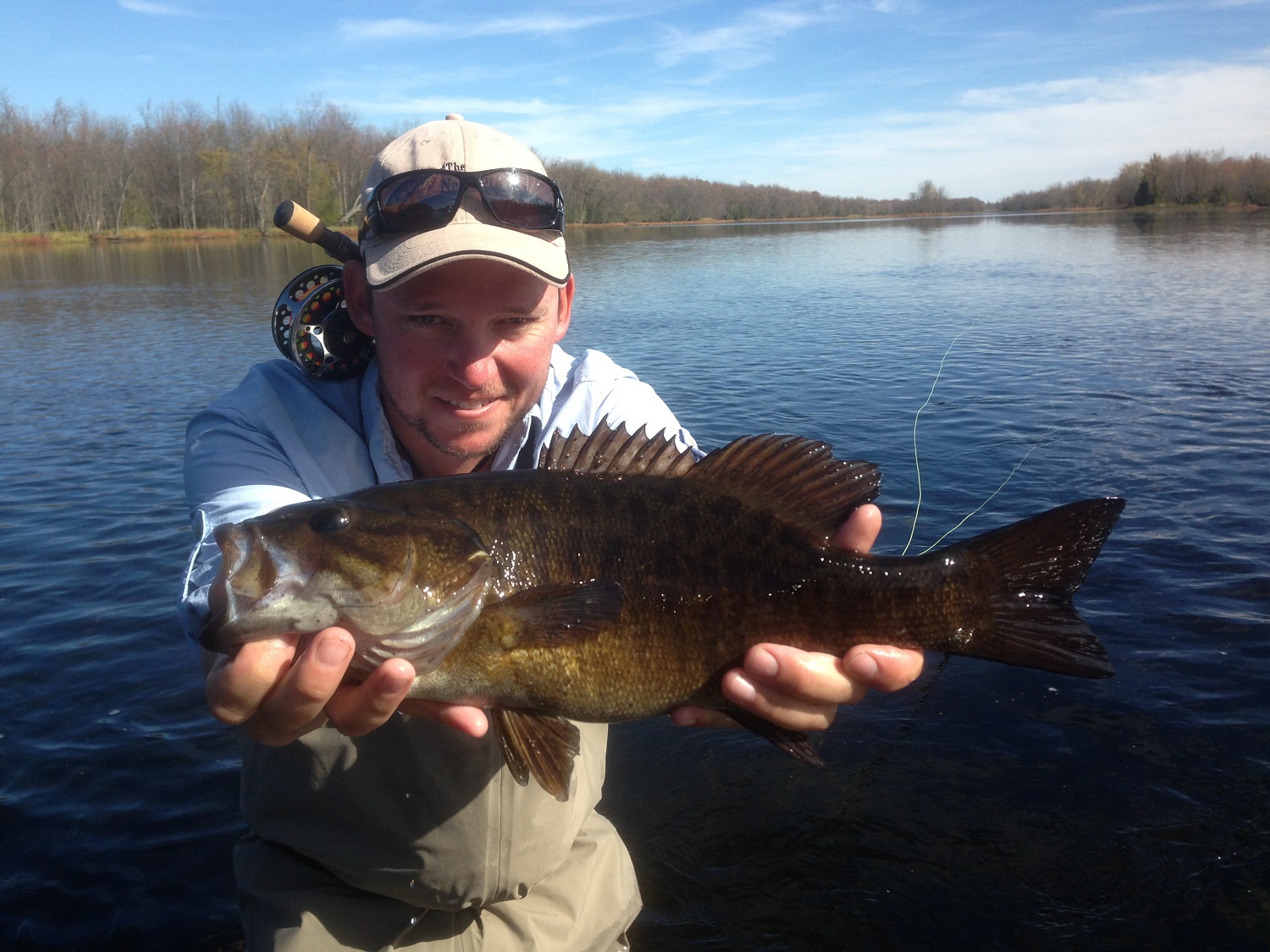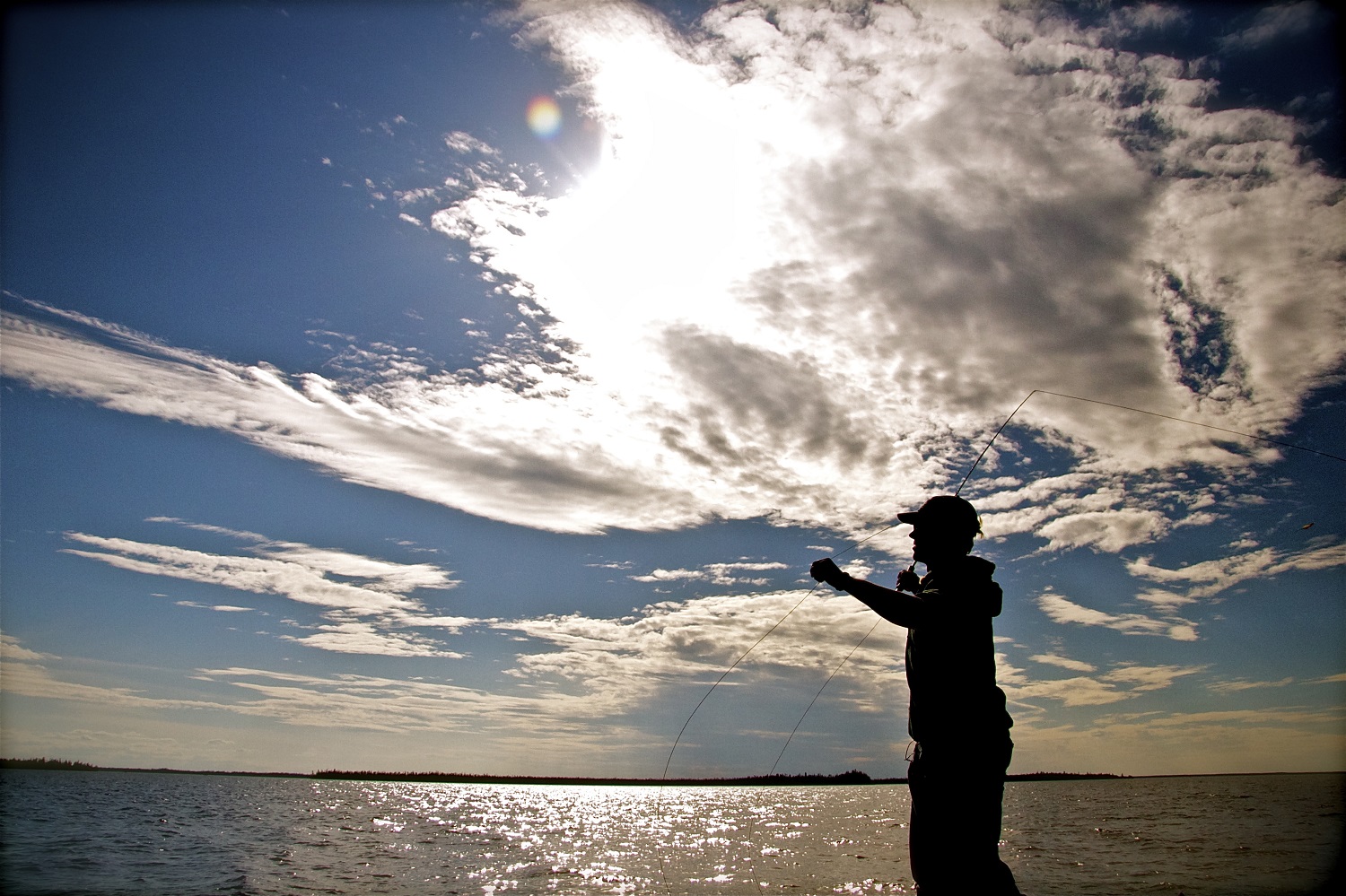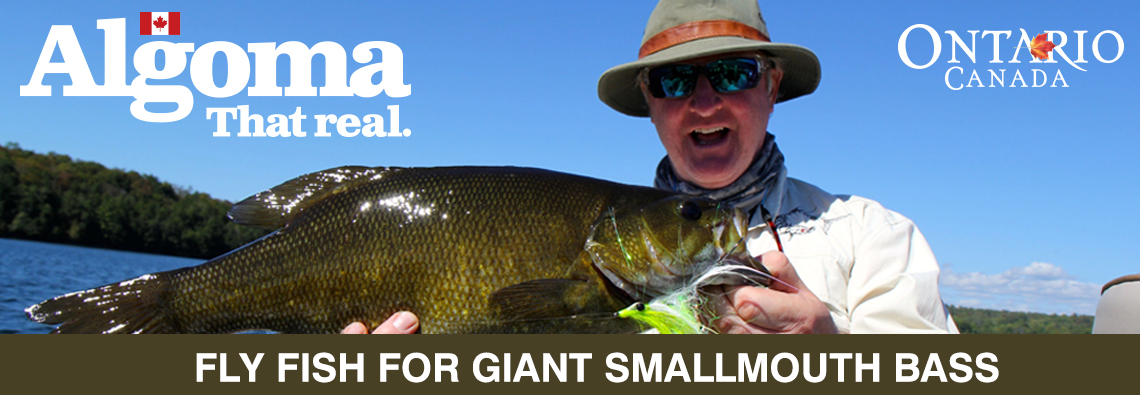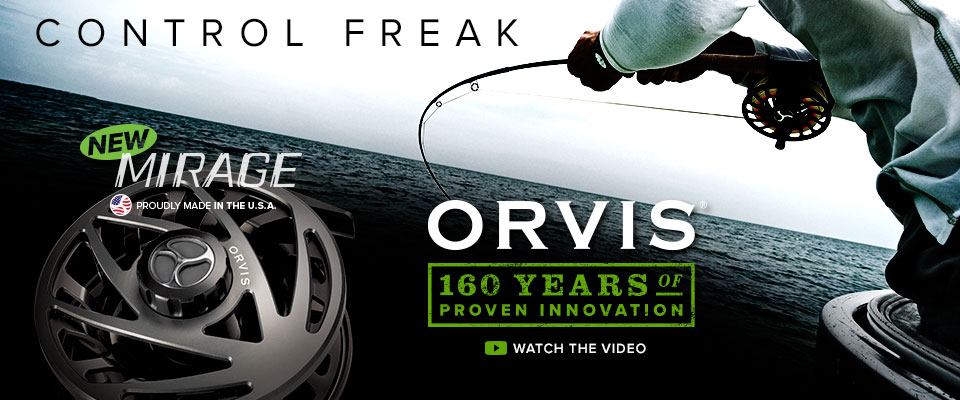Part One: Casting
Stand on the shore of any lake and you soon realize that stillwater is a different presentation arena to that of a river or stream. The casting challenges differ, longer distances are often required to cover water, and leaders in excess of 15 feet are not unusual. Lakes offer little in the way of current to animate your fly. Control of your presentation is entirely in your hands. Perhaps less dynamic than fly fishing moving waters, stillwater presentation challenges are no less demanding. Due to the soft, often subtle way that trout feed in lakes, the presentation challenges are more taxing than those of moving waters. Stillwater fly fishers develop their hand skills—not only to help meet the casting challenges lakes dictate, but also to manipulate the fly line through a variety of retrieve styles so their flies spring to life.
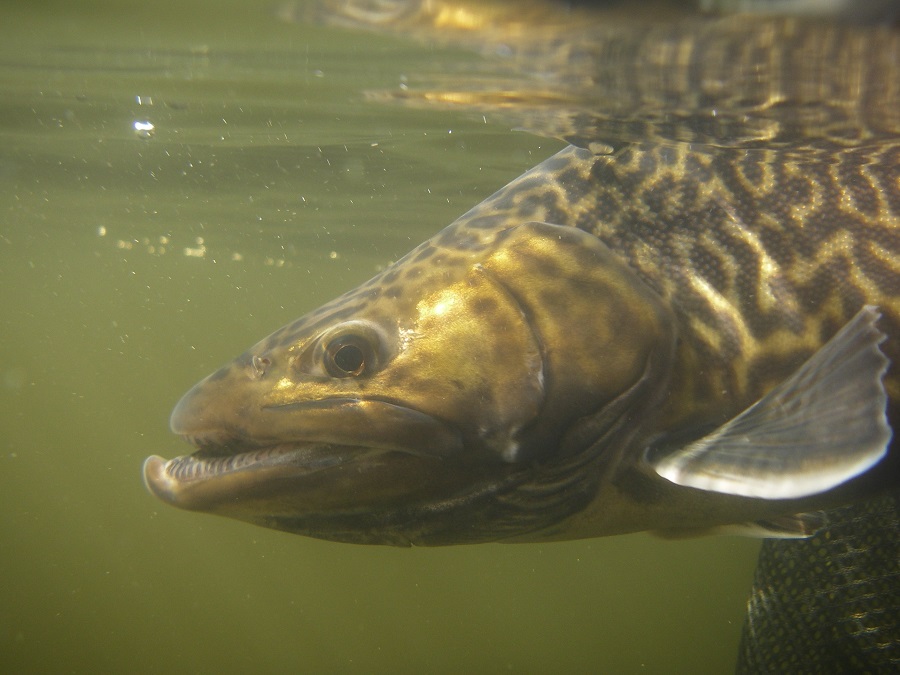
Gear
Fly rod choice has a bearing on any successful stillwater presentation. It is the tool that delivers the fly line, allowing you to place a fly at a comfortable working distance for your retrieve. To the best of my knowledge, there are no fly rods designed specifically with the challenges of lakes in North America. We have to source out rods adaptable to the stillwater environment and to our own preferences and casting technique.
Depending upon our line choice, casting style, presentation method, environmental conditions such as wind and fish size, stillwater fly rod needs vary considerably in rod length and action. Wind, casting comfort, and trout size all have a bearing on my stillwater rod weight choice.
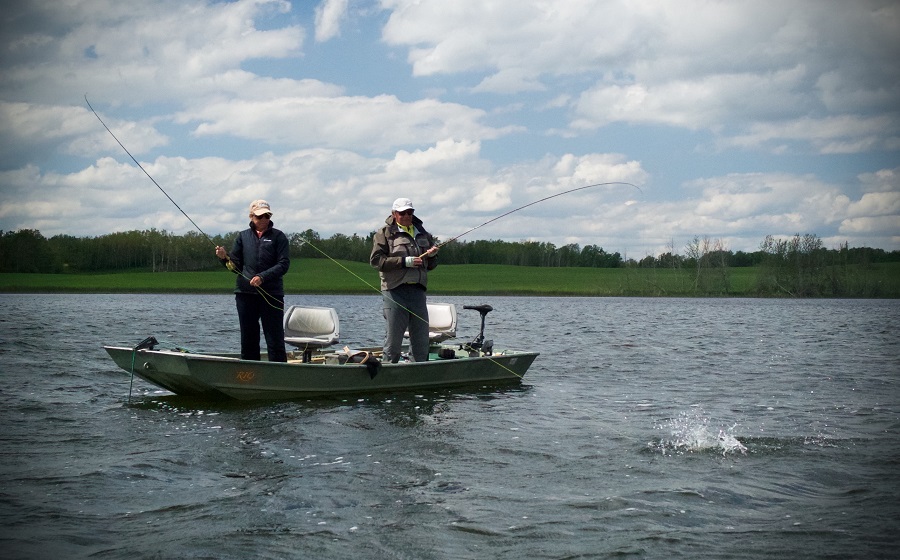
Most lakes are windy, ranging from breezy to gale force. As a result, I prefer six weight rods. I used five weights for many years, but as I get older and wiser, letting the tool rather than me do the work makes for a more enjoyable time on the water. Six weight rods also help defeat fish quickly—a catch-and-release necessity. Battling large fish on a lightweight rod is tiring for the fly fisher and often deadly for the trout.
When using slow sinking and floating lines, I prefer a long rod—minimum 9.5’, preferably 10’. Long rods allow you to steer and control fish during the fight, a necessary skill when fishing from an anchored watercraft. Trout have an uncanny knack of finding anchor ropes during the fight. I also find that longer rods help facilitate the formation of open loops. When using long leaders of15 feet or more, multiple flies or indicators, wider loops help maintain my sanity. A long rod, with a progressive action featuring a solid butt section and soft tip, cushions strikes and protects the tippet when fishing smaller nymphs, chironomid pupa, or larva patterns. When using indicators, longer rods permit greater working distances between indicator and the fly.
Long rods also assist fishing the hang—a technique utilized at the end of every stillwater retrieve to induce any fish following the fly to grab the fly. I also feel that longer rods provide better roll casts, which I use often when I’m using indicators. Good roll casting technique also works with sinking lines. Due to a sinking line’s mass and quick descent properties, the roll cast motion (or roll pickup) cycles sinking lines up through the water column to the surface, enabling you can pick it up to cast.
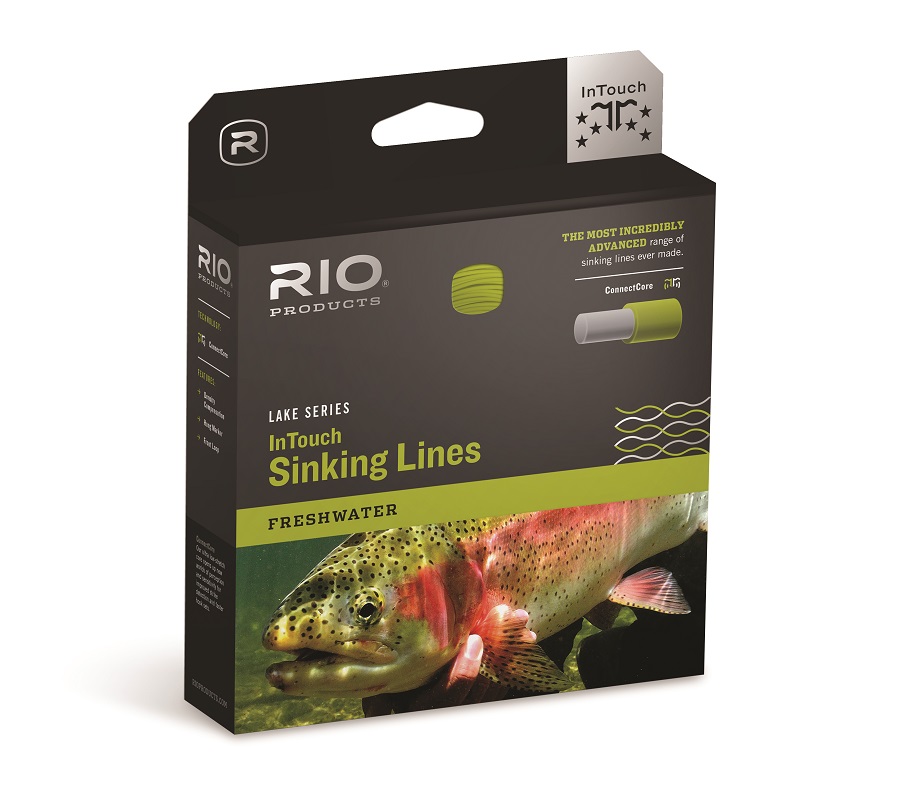
When it comes to rod choice for faster sinking lines (type III density or greater), I favor fast action rods between 9’ or 9.5’. Fast action rods make casting heavy sinking lines easier, as they provide speed and sufficient force to cast them. The line speed generated by fast rods, in conjunction with casting techniques such as the double haul, alleviate angler strain and fatigue. For type VI or VII density sinking lines, I step up from my favored six weight rod to a seven weight. If you check with the line manufacturer, you’ll find that most recommend using seven weights for their faster sinking lines. Using a light weight rod with a type VI or faster sink rate line could cause rod breakage and ‘graphite failure’-induced tears.
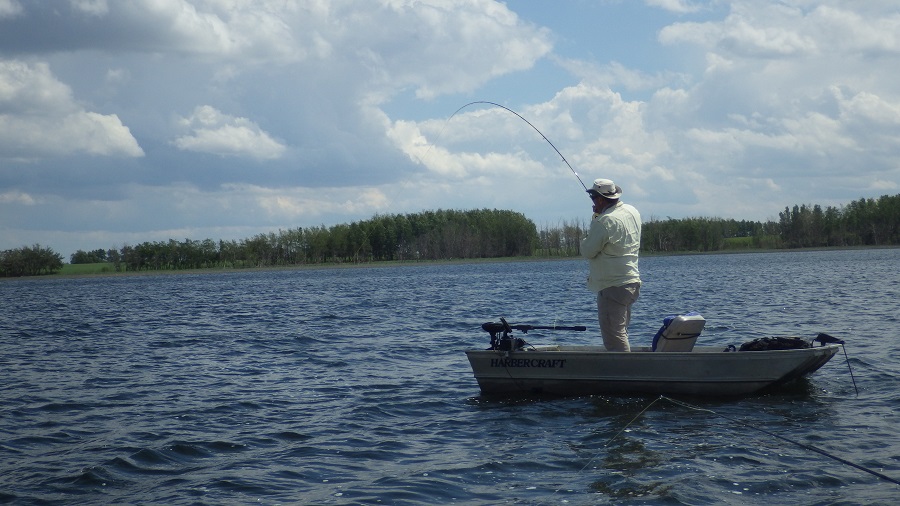
Casting Techniques
Although the primary casting techniques common to all fly fishing disciplines still apply to lakes, there are a few tricks and techniques to make your fishing easier and more productive. Only when fishing from a stable boat or from shore do you have the option of standing. Most of the time, you cast from a seated position, which is safer and tactically wiser, as you are less visible to fish. Stab the rod high to maintain a high rod position and tilt the casting plane up slightly on the backcast.
Long leaders and indicators are a common component of many stillwater presentations. Apply smooth power and make sure that your backcast extends completely before starting the forward cast. Don’t be afraid to turn your head and watch to make sure. Here are a few other tips to assist casting long leaders and indicators:
• Remember to use the properties of a modern weight forward line to your advantage. Avoid multiple false casts: two should be ample. Once the head section of the line is beyond the rod tip, the rod is loaded and ready to shoot the line towards the target. Trying to false cast thin, level running line is ineffective. Your cast soon collapses.
• Avoid extending line by letting it land on the water and picking it up again. As you extend into the running line, the surface friction robs energy from the cast. The result is the same too much false casting—a collapsed cast. The disturbance caused by the line also spooks fish.
• If you have mastered the single or double haul, use them to increase line speed and subsequent rod bend to cast longer distances.
• When using indicators there is no need for long casts—a distance of 30-40 feet is all you need. Moreover, too much distance makes detecting subtle strikes difficult. If you find yourself still trying to cast to the moon, downsize your indicator. As smaller indicators are difficult to see at distance, you’ll naturally strip in it closer.
• On the final cast, let the line shoot tight to the reel or pinch it to a stop just as the leader begins to unfurl. This abrupt stop slingshots the fly and aids leader turnover.
• Watch the water for the distinct separate plops of the fly and the indicator. If indicator and fly land in close proximity, gather line and investigate. The chances are that you have a tangle. Early detection allows you to fix the problem before it gets worse. Repeated false casts will merely make things worse.
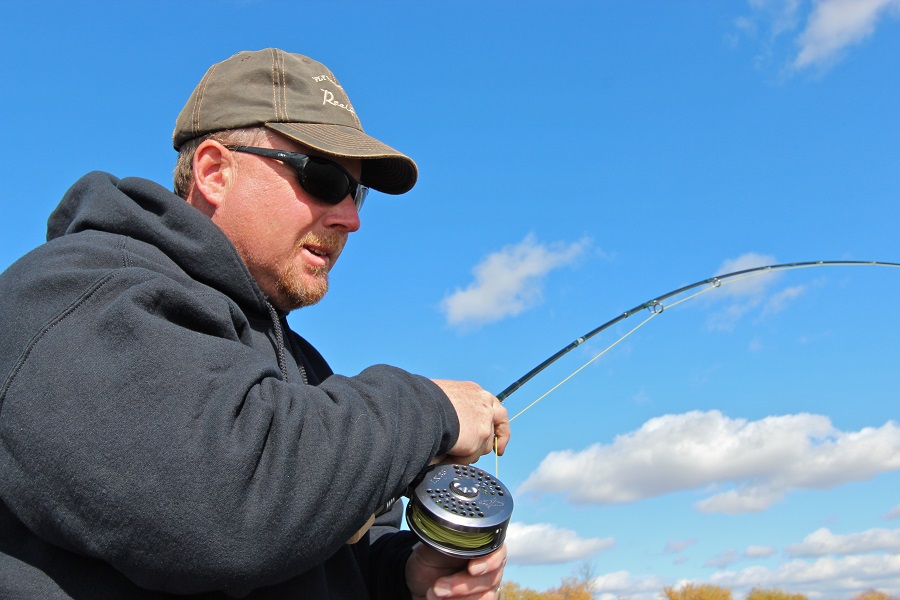
Presentation
With the cast complete and the fly delivered, retrieve choice is the next element in determining your success or failure. Rod position is critical. Unlike rivers, on lakes there is little or no current to manage, so you can and must lower your rod so it is at the surface or under it. If there is any slack in your line, it must be stripped out to ensure you are tight to the fly, for as it is sinking through the water column it could be intercepted. If you are not tight to the fly, the fish can inhale and reject it in the blink of an eye. Takes will be missed if there is any slack in your line and leader. There must be a direct connection .
As soon as the cast unfurls and as you are lowering the rod, pinch the line against the cork or between the thumb and forefinger of your casting hand to prepare for the retrieve. This basic position (the retrieve hand behind the rod hand) is the same for all retrieves except for the Roly Poly. The pinched line also serves as your primary drag system during the initial phases of fighting a fish.
As the fly sinks, you can incorporate the effect of wind drift. Although wind drift can be utilised with all line types, I use it most often with floating, midge tip or slow sinking lines. From an anchored position with the wind at your back place a quartering cast at an acute angle across the wind. Allow the wind induced current to push and swing the fly line downwind. Trout tend to feed into the wind, and wind drifting presents the fly broadside into their view. It is an excellent way to cover water using a static or near static presentation, with and without indicators. I often use this tactic when fishing mayfly nymphs, damsel nymphs, caddis pupa, chironomid pupa, larva patterns, and even leeches.
By Phil Rowley, host of The New Fly Fisher TV show, stillwater guru, and winner of the Fly Tyer Lifetime Achievement Award
In our next article, A Guide to Stillwater Presentation, Part 2: Retrieves


